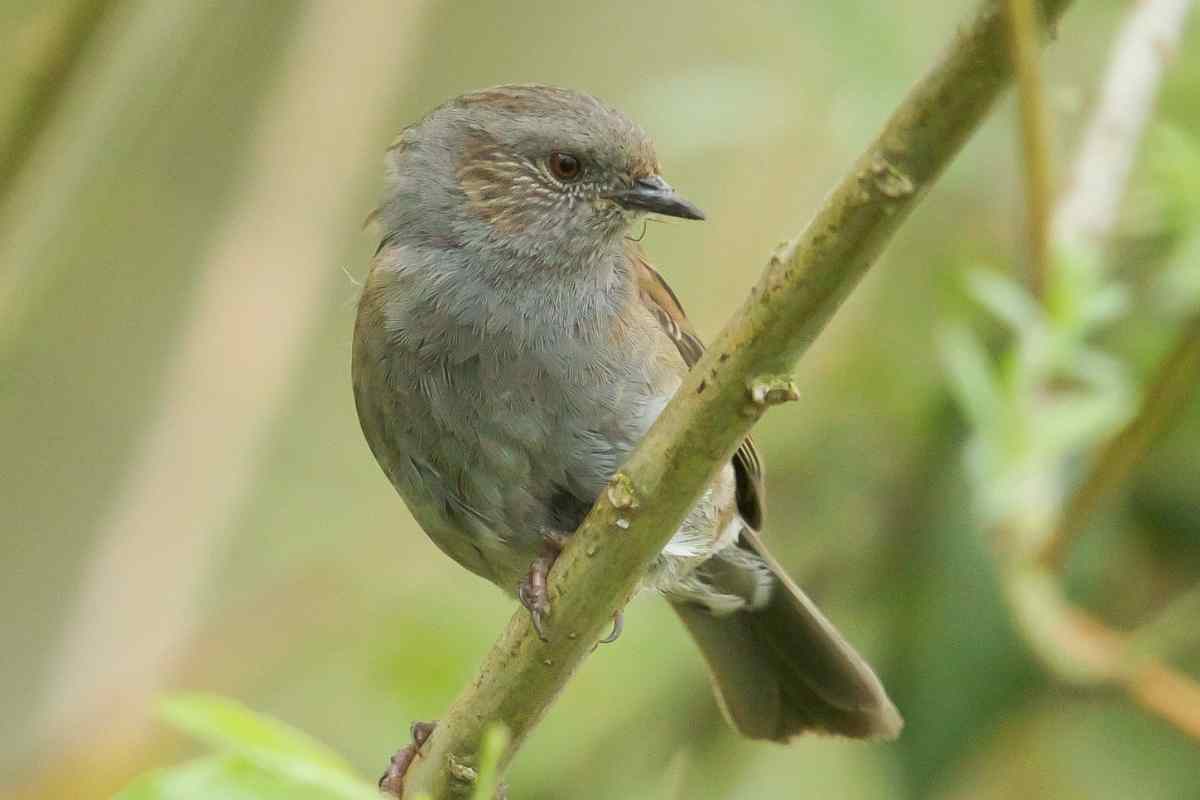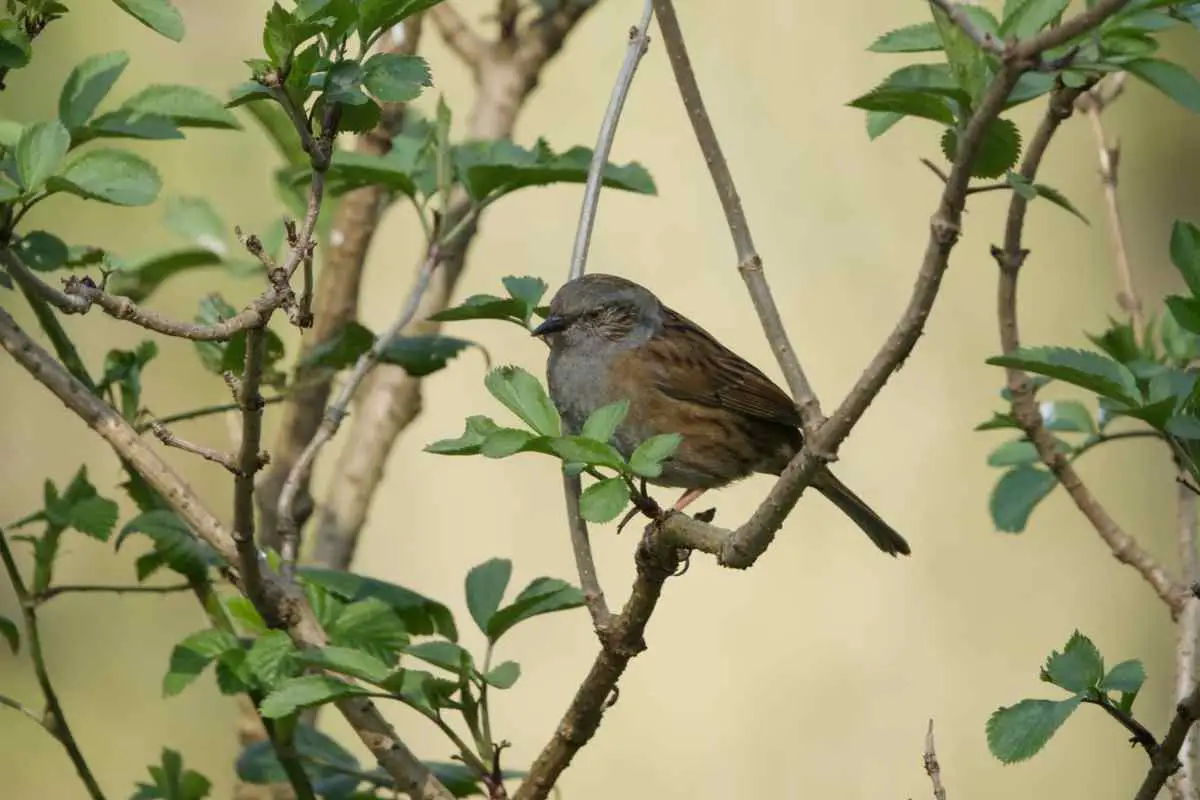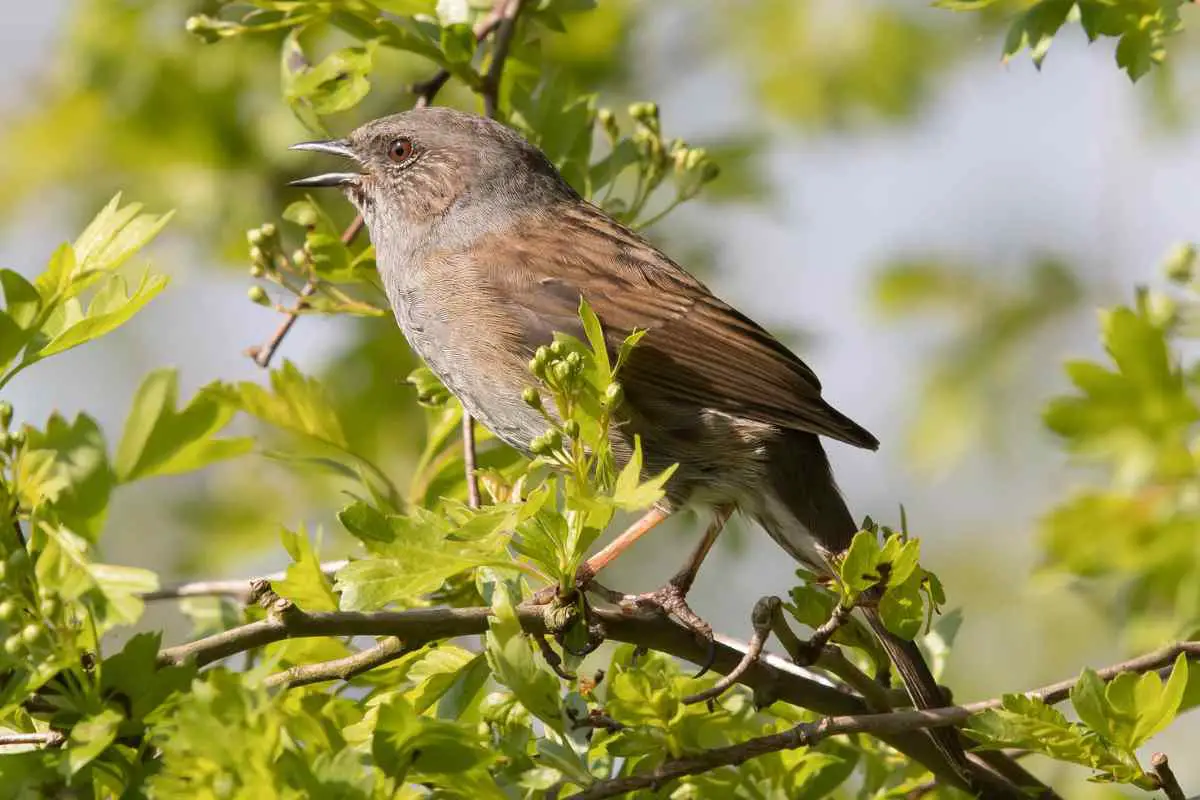Bee houses do work in greenhouses under the right conditions. Introducing bees into your greenhouse garden is a low-maintenance method for supporting the pollination of your plants. The bees are excellent gardeners by nature. They provide an eco-friendly way of doing the work you’d have to do otherwise.
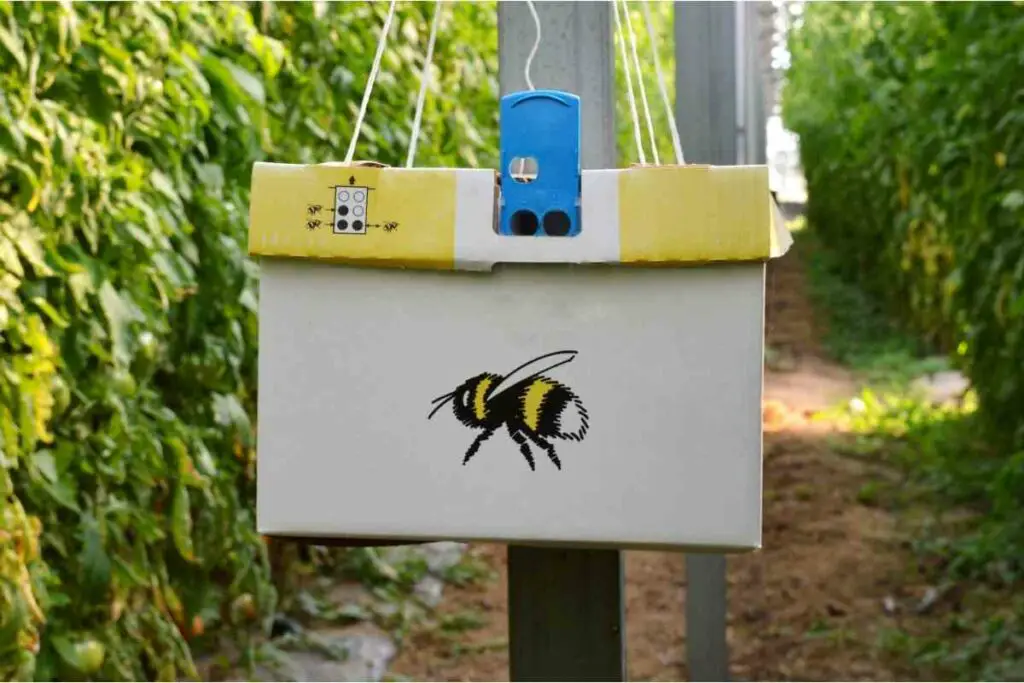
Table of Contents
What Bees Are the Best Choice?
Generally, you have a choice between honey bees and bumblebees. Either is capable of pollinating plants in your greenhouse, but one is a better choice than the other.
You’ll likely want bumblebees. Honey bees tend to be more aggressive.
Their job is to collect nectar for making honey. Human workers that are around when a honey bee is trying to get the nectar will likely be seen as a threat. Threatened honey bees that are working are more apt to sting.
Some plants won’t benefit from the pollination method of a honey bee. This is another reason why bumblebees are typically a better fit in greenhouses.
What are the Advantages of having Bumblebees in greenhouses?
Bumblebees can see better than honey bees. The light inside a greenhouse comes through the shelter material in a refracted state. That disorients honey bees, and they get confused. Bumblebees maintain their orientation better because of their superior sight.
Bumblebees aren’t interested in nectar for making honey. Bumblebees don’t make honey. They ingest nectar as food but are better at taking pollen from one flower to the next.
Preoccupied honey bees are less efficient pollinators because they have a job to do.
Humans can work around bumblebees and not have to worry about getting stung. This bee species is not aggressive.
They can sting you but are only inclined to do so if they feel trapped or threatened.
Bumblebees are good pollinators for many vegetable plants. They’re also ideal for many types of berries and seed crops.
How to tell the difference between a Honeybee and a Bumblebee?
There is serval way on how to tell apart a Honeybee and a Bumblebee just by their appearances.
Honeybees are usually slender, oval-shaped, and mustard yellow color with brown colored bands. It is also covered with short hair which gives a fuzzy look.
Bumblebees are oval-shaped but shorter and much more rounded and healthier looking. As they collect pollen from flowers to eat instead of work. They’re covered in hair but are noticeably longer giving them a fluffier look. Their yellow body color is much brighter with brown stripes.
Where Should I Put the Bee House?
Depending on the size of your greenhouse, you may need several bee houses.
Placement doesn’t matter as much as the number of bees. However, it is most beneficial to put the bee house on a side where the sun hits it each morning. That wakes the bees up and gets them moving.
You may want to place them toward the center of the greenhouse. That way, they’re surrounded by plants. They’ll be happy to stay inside the greenhouse rather than leave it looking for plants outside.
Another school of thought is to place the bee houses outside the greenhouse but nearby so the bees can come and go as they please.
It’s never a good idea to trap the bees in the greenhouse. They’re more productive with more freedom.
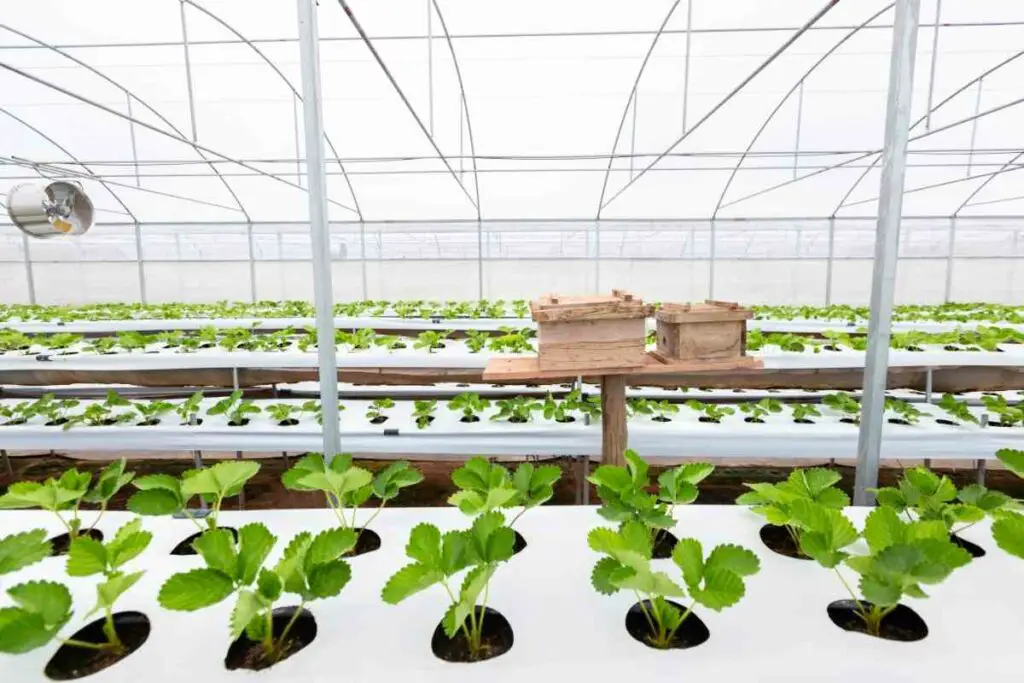
How Do I Use a Bee House?
You will buy the bees from professional beekeepers in your area. They come in a box that you will put in your greenhouse in the desired position.
Your new bees need a little time to acclimate. Leave the lid on the box and the bee door closed for at least a few days, if not a week. When the time is right, someone should go open the bee door. This person should walk away immediately after.
You can watch from a distance as bees start to come out of the box. They’ll be timid if you stay too close to the box. Or they may feel threatened and prone to stinging.
You’ll notice more and more bees coming out as they get more comfortable. Bees will journey from one plant to the next carrying pollen with them as they go.
Will I Have to Replace My Bee House?
You’ll have to replace your bee houses periodically. Bumblebee hives stay alive for between four and twelve weeks. Honey bees don’t usually live as long.
Here’s a good trick for those who want bees around year-round or for multiple growing seasons. Get at least three bee houses but at around three-week intervals.
That way, as one hive dies, there’s already another established and two others continuously pollinating.
What’s the Benefits of Bee Pollination?
Natural pollination typically produces higher-quality fruit. It usually takes less time to do, too.
Bee pollination decreases the number of employees you must pay. It takes up to ten times as many workers to hand-pollinate crops. Bee pollination is more efficient and economical.
Farms must cut the use of pesticides when bees are around. So, bee pollination is better for the environment, as well.
Final Thoughts
Overall, we recommend using Bumblebees in your Greenhouse as they provide Natural pollination as they collect nectar from plants.
This takes stress off yourself as this job is done by the bees. Natural pollination can also provide better quality growth in plants, veg, and fruits.
Bumblebees can be an asset to your garden and friendly to work alongside.
- How to Build a Planter Box for Bamboo: A Step-by-Step Guide

- Can Robotic Lawnmowers Handle Steep Slopes?

- Do You Need a Specific Lawn for a Robotic Lawnmower? Expert Advice

- Are Robotic Lawnmowers Safe for Pets and Children? Safety Features of Robotic Lawnmowers

- Why Use Robotic Lawnmowers? Advantages of Using a Robotic Lawnmower

- Is the GARDENA SILENO City 300 Cordless or Corded? A Clear Answer












